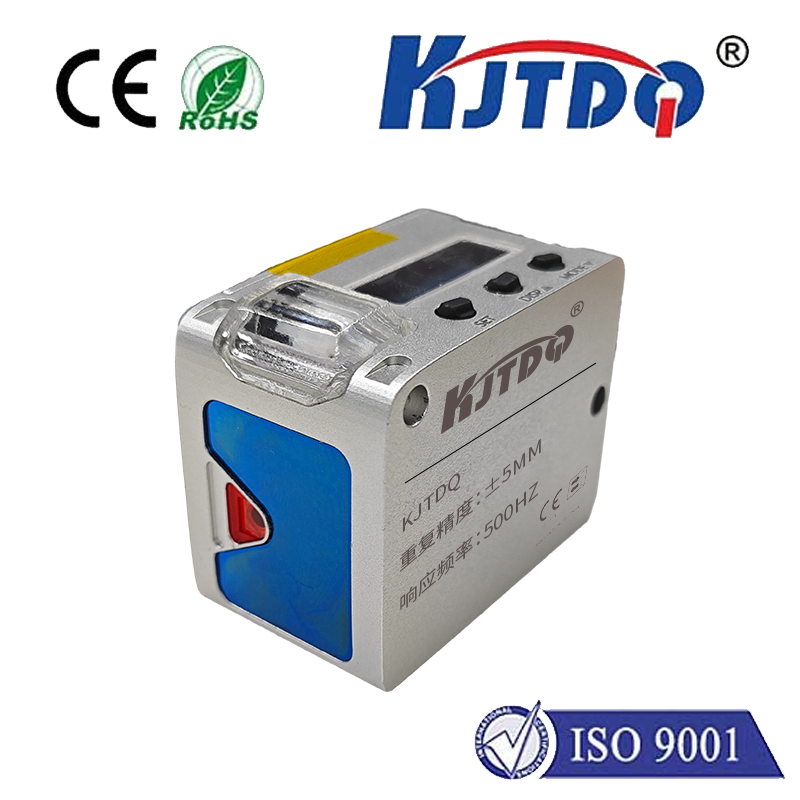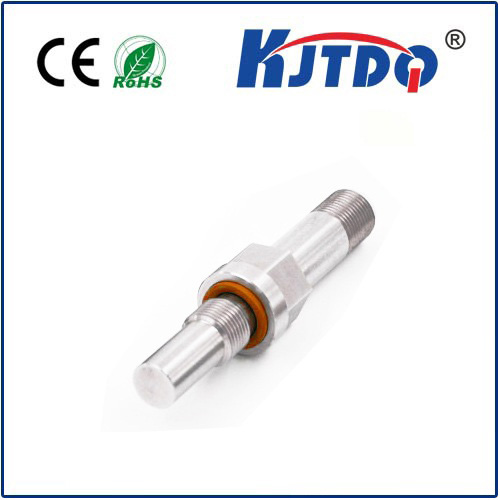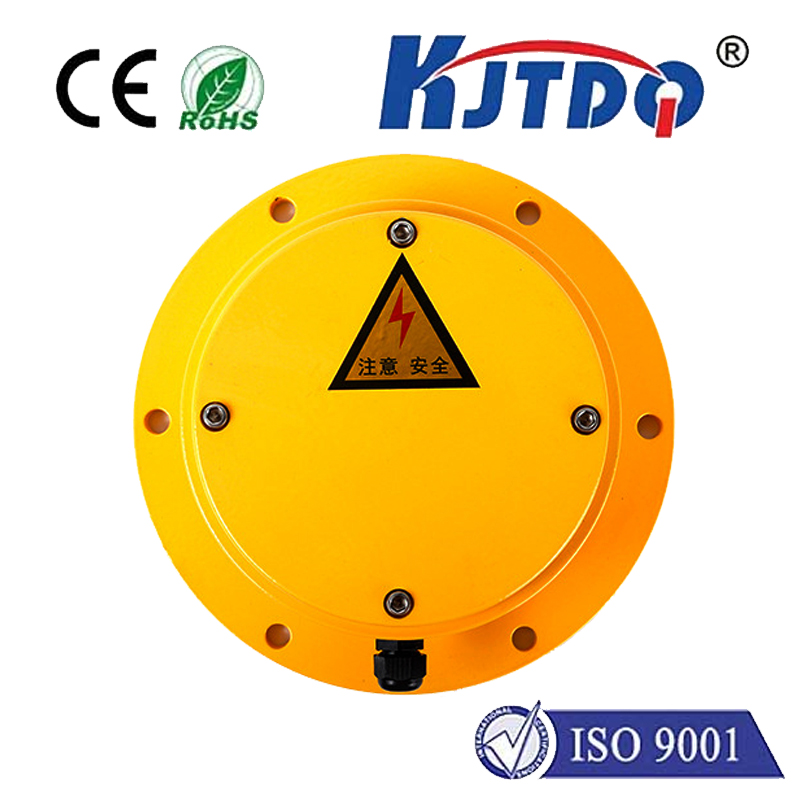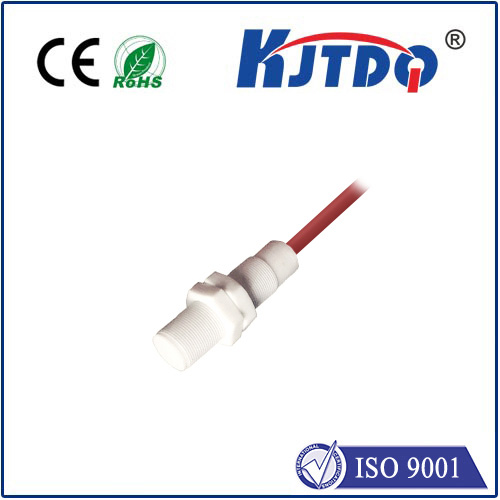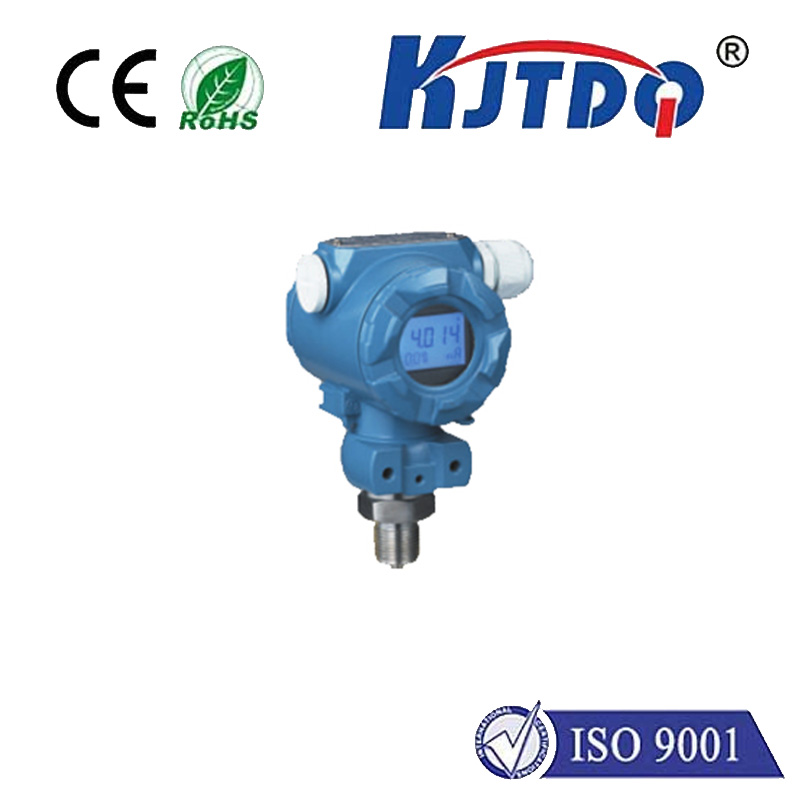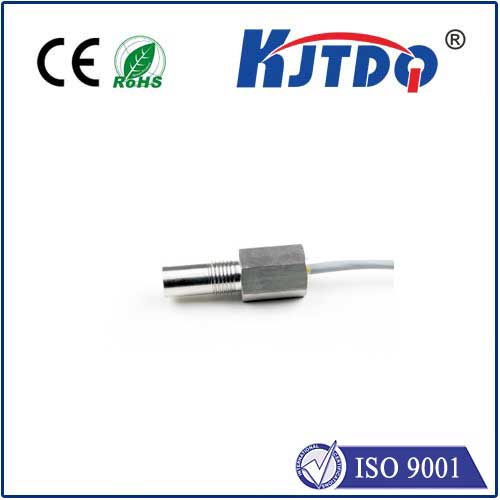ДДС дальний лазерный датчик движения
- time:2025-09-01 09:42:26
- Нажмите:0
Long Range Laser Motion Sensors: Unlocking Precision Detection Beyond Boundaries
Imagine securing a vast industrial perimeter, monitoring critical infrastructure miles away, or automating complex processes in sprawling facilities – all requiring instant, accurate awareness of movement. Traditional sensors often falter at these distances or under challenging environmental conditions. This is where long range laser motion sensors emerge as a game-changing technology, offering unprecedented capabilities for long-range motion detection with remarkable precision.
Unlike conventional Passive Infrared (PIR) sensors limited by shorter ranges and sensitivity to environmental heat, or basic photoelectric beams challenged by alignment and range, laser motion sensors utilize highly focused light. Most commonly employing LiDAR (Light Detection and Ranging) or precise Time-of-Flight (ToF) measurement principles, these sensors calculate distance by emitting a laser pulse and measuring the time it takes for the reflection to return. Sophisticated algorithms then detect minute changes in this measured distance, signifying object movement within the monitored zone. The result is pinpoint accuracy and the ability to reliably detect motion at hundreds of meters, even in conditions where other technologies struggle.
Why Choose Long Range Laser Motion Sensors? The Compelling Advantages

The unique operating principle of these sensors translates into several distinct advantages for demanding applications:
- Unmatched Range: This is their defining characteristic. Capable of detecting motion reliably at distances ranging from 50 meters up to several hundred meters or even kilometers, they solve problems impossible for standard sensors. Think perimeter security for large estates, solar farms, or oil refineries; monitoring railway tracks or pipelines; or detecting vehicles/objects on extensive airfields or construction sites.
- Exceptional Precision & Accuracy: The tightly collimated laser beam creates a very well-defined, narrow detection zone. This allows for highly accurate positioning of the detected object and significantly reduces false alarms caused by environmental factors like wind-blown debris, small animals outside the zone, or temperature fluctuations that plague PIR sensors. They excel at detecting specific movement along a precise line or within a defined corridor.
- Resilience in Harsh Environments: Engineered for rugged applications, high-quality long range laser motion sensors withstand challenging conditions. They perform consistently in extreme temperatures (both hot and cold), resist interference from ambient light (sunlight, headlights), and are largely unaffected by humidity, fog, or light rain (though heavy precipitation can attenuate the beam). This makes them suitable for outdoor industrial settings and remote installations.
- High Resolution & Sensitivity: Modern sensors can detect incredibly subtle movements, even of small objects, at significant distances. This sensitivity is crucial for security applications where detecting an intruder crawling under a fence is vital, or in industrial automation for precise object presence detection on long conveyor lines.
- Flexible Configuration & Output: Many models offer adjustable range gates (defining specific start and end points within the sensor’s maximum range) and sensitivity settings, allowing fine-tuning for the specific environment. They typically provide standard digital outputs (relay, NPN/PNP) or analog signals easily integrable with existing security systems, industrial automation PLCs, or SCADA systems.
Powering Applications Where Distance and Accuracy are Paramount
The unique capabilities of long-range laser motion detection unlock innovative solutions across diverse sectors:
- Perimeter Security & Intrusion Detection: Providing the first line of defense for critical infrastructure (power plants, data centers, water treatment facilities), military bases, large industrial complexes, and expansive private properties. Their long reach minimizes the number of sensors needed and creates tripwire-like virtual barriers detectable over vast distances with high confidence.
- Industrial Automation & Process Control: Monitoring long conveyor systems for object presence, jams, or precise positioning. Controlling automatic doors/gates on large factory floors or warehouses. Safeguarding hazardous areas in mines, quarries, or chemical plants by detecting personnel or vehicles entering exclusion zones.
- Traffic Monitoring & Smart Cities: Counting vehicles on highways, detecting vehicles stopped in tunnels, or monitoring pedestrian movement on large plazas or bridges. Enabling adaptive traffic light control based on vehicle flow detected from afar.
- Critical Infrastructure Protection: Monitoring railway tracks for unauthorized access or obstructions, securing pipelines against tampering or excavation, and safeguarding border areas with highly reliable long-range tripwires.
- Logistics & Warehousing: Automating vehicle guidance in large yards, detecting the presence of trailers at loading docks, or monitoring storage areas for unauthorized access.
- Construction & Mining: Establishing safety perimeters around heavy machinery or hazardous work zones, detecting personnel or vehicles entering blast areas, and monitoring stockpile levels from a distance.
Selecting the Right Long Range Laser Motion Sensor
Choosing the optimal sensor requires careful consideration of your application’s specific needs:
- Required Detection Range: Precisely define the minimum and maximum distances where motion needs to be detected. Factor in practical mounting locations.
- Detection Zone Width/Shape: Determine if you need a very narrow “tripwire” line or a slightly wider corridor. This impacts the sensor model and lens configuration.
- Target Object Characteristics: What size object must be detected? How fast will it likely be moving? This influences sensitivity requirements.
- Environmental Conditions: Assess the operating environment – temperature extremes, potential for heavy rain/fog/snow, dust levels, vibration, and ambient light sources.
- Power Availability & Output Requirements: Determine power source (AC/DC) and the type of signal output needed (relay, transistor, analog) for integration.
- Mounting & Alignment: Consider stability, potential vibration, and the ease of initial setup and long-term alignment maintenance, especially for very long ranges. Some sensors offer integrated alignment aids.
- Safety: Ensure the laser class (typically Class 1 or 1M, eye-safe under normal operation) is suitable for the environment and application.
The Cutting Edge of Motion Sensing
Long range laser motion sensors represent a significant leap forward in detection technology, pushing the boundaries of range, accuracy, and reliability. By harnessing the power of focused light and advanced signal processing, they provide robust solutions for security, industrial automation, traffic management, and infrastructure protection where vast distances and challenging conditions were once insurmountable obstacles. When precision detection over hundreds of meters is critical, these sensors deliver the unparalleled performance needed to secure assets, optimize processes, and enhance safety in our increasingly complex world.

